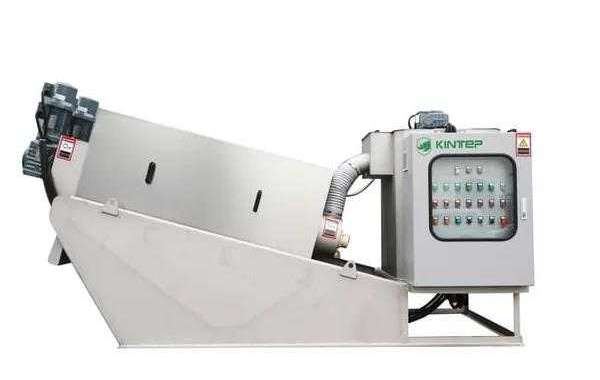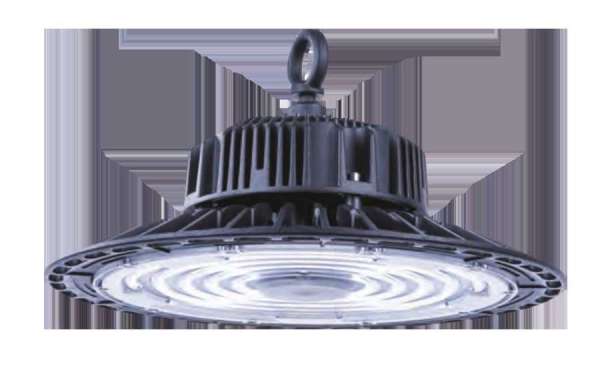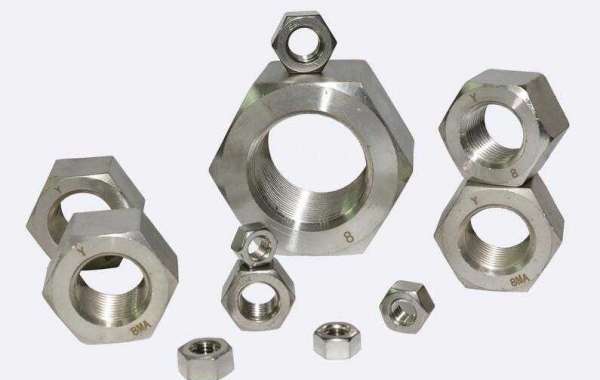The sludge dewatering machine is a continuous operation of sludge treatment equipment. Because of the low water content of the sludge, the stable operation, low energy consumption, relatively simple control and management, and convenient maintenance are popular.
Brief introduction of sludge dewatering machine
After the sludge is concentrated or digested, it is still in a liquid flowing state and has a large volume that cannot be transported and disposed of. In order to further reduce the water content and make the water content of the sludge as low as possible, the sludge must be dehydrated. Reduce sludge volume and facilitate transportation
Sludge dewatering machine background
Sludge is an inevitable product of sewage treatment in sewage treatment plants and sewage stations. After the sludge that has not been well treated and disposed of enters the environment, it will directly cause secondary pollution to the water body and the atmosphere, and it will also affect the ecological environment and human activities. Will pose a serious threat. Therefore, the treatment of sludge is very careful. The treatment of sludge can be divided into two types: sludge dewatering process and sludge drying process. The following mainly introduces the respective advantages of different types of sludge dewatering machines.
Types of sludge dewatering machine
There are roughly three types of sludge in sewage treatment plants: physicochemical sludge, biochemical sludge, and physicochemical and biochemical mixed sludge.
Various types of sludge have different adaptations to sludge dewatering machines. Commonly used models of domestic sludge dewatering machines are: centrifugal type, filter belt type, spiral ring type and plate and frame type. The dewatering of sedimented sludge, the selection of flocculant and the proportioning operation are critical, the flocculation effect is good, and the dewatering of the sludge is relatively smooth. The following briefly introduces the actual use of the three sludge dewatering machine models:
Centrifugal type: all three types of sludge can be adapted, but high energy consumption and high speed result in loud noise.
Filter belt type: suitable for physical and chemical sludge, and the filter cake has low water content, poor adaptability to mixed sludge and biochemical sludge, large return sludge, large backwash water consumption, high energy consumption, and complicated maintenance.
Spiral ring type: The first generation of dehydrators represented by Japanese-style prototypes has been popularized and applied in China for 3-4 years. The disadvantage is that the output is low.








